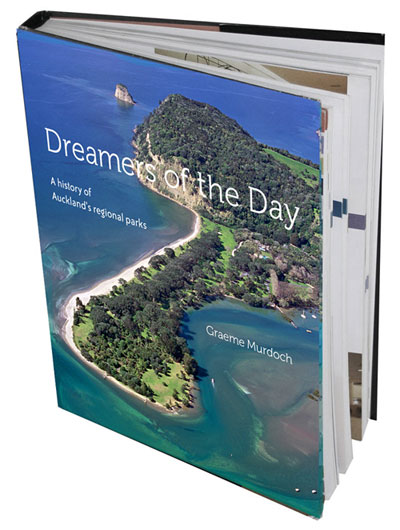Time to end the undeclared ‘civil war’ between motorists and cyclists
The terrible accident in which 37 year old cyclist John Tangiia was killed by a truck at the Parnell Rise, Stanley Street intersection early in January put the issue of cycling safety squarely back on the agenda. Mr Tangiia’s was the 8th death from cycling in Auckland in the last five years.
Ironically the year 2013 ended on a something of a high for cycling in Auckland. At the last meeting of the Council before Christmas – we resolved to proceed to the next stage of developing the exciting Auckland Harbour Bridge walking and cycling project – SkyPath.
Apart from the awful family tragedy – the recent accident has had a depressing effect on everyone involved in cycling in Auckland – myself as well.
Last year cycle advocates Audrey and Chris van Ryn lent me a fold-down bike in the hope that I would use it. Well I have. In fact I have found it invaluable – especially when the meetings started coming thick and fast before Christmas; enabling me to whiz about the city; dashing from my office at Graham Street to meetings at the Town Hall and Civic Building; then down Queen Street for meetings at Auckland Transport and often down to the waterfront for meetings there.
I used to be somewhat nervous about cycling in the city but familiarity has brought increasing confidence. Indeed I have found it quite exhilarating. But John Tangaiia’s terrible accident has rekindled memories of the shocking death of Jane Bishop (both were crushed under the wheels of trucks) and is a reminder to all of us how unsafe Auckland roads can be for cyclists.The question of safety has always been a sensitive point with cycle advocates – some felt talking up the danger was likely to turn people off cycling – but Jane Bishop’s death changed all that. Cycling in Auckland has all sorts of benefits for personal health and for society – but yes it can be dangerous – unacceptably so. The figures tell the story. In 2012 there was one cyclist killed and 205 injured in Auckland. Nationally there were eight killed and 828 injured. There were 53 cycling fatalities across New Zealand in the five years from 2009 to 2013. This is an unacceptable casualty rate and it’s time we did something about it. In the wake of the latest tragedy there has been the inevitable finger-pointing and buck-passing, including thinly-veiled criticism of cyclists. Indications of an unhelpful ‘them and us’ attitude between cyclists and motorists – and even worse unhelpful comments by transport officials who should know better but still don’t get it.
There is no need for a blame game here. The fact is public transport isn’t the only mode that has suffered from decades of officialdom’s excessive focus on highways and roads – and the result is Auckland has a major deficit in cycling infrastructure. As Ralph Buehler and John Pucher pointed out in the journal Transportation:
‘The presence of off-road bike paths and on-street bike lanes are, by far, the biggest determinant of cycling rates in cities. And that’s true even after you control for a variety of other factors like how hot or cold a city is, how much rain falls, how dense the city is, how high gas prices are, the type of people that live there, or how safe it is to cycle.’
Dedicated bike paths are a key element in Generation Zero’s contribution to the Campaign for Better Transport and Auckland Transport Blog’s visionary ‘Congestion Free Network’. And cycle lanes are an exciting feature of the Waitemata Local Board’s draft Ponsonby Road Master Plan. I have already mentioned SkyPath, Waterfront Auckland is building the Westhaven Promenade bike path and NZTA has built the Grafton Gulley bike path. Auckland Transport planned to build 22 km of bike paths in years 2013/2014 but so far only 7km has been built and the important Beach Road connector is behind schedule. Auckland Transport is also working on ways to improve safety on Auckland’s (dangerous for cyclists) Tamaki Drive – especially the Ngapipi Drive intersection. But clearly it’s too little and it’s all too slow. Auckland is well behind most international cities in its provision of cycling infrastructure and has even fallen behind Wellington, Christchurch and Dunedin. We need a quantum change in the way we allocate spending for motor vehicles and bikes. Dedicated bike paths are the best way to end the undeclared ‘civil war’ between cars and trucks and bikes – and it will make cycling in Auckland a whole lot safer too.
As published in Ponsonby News February 2014



